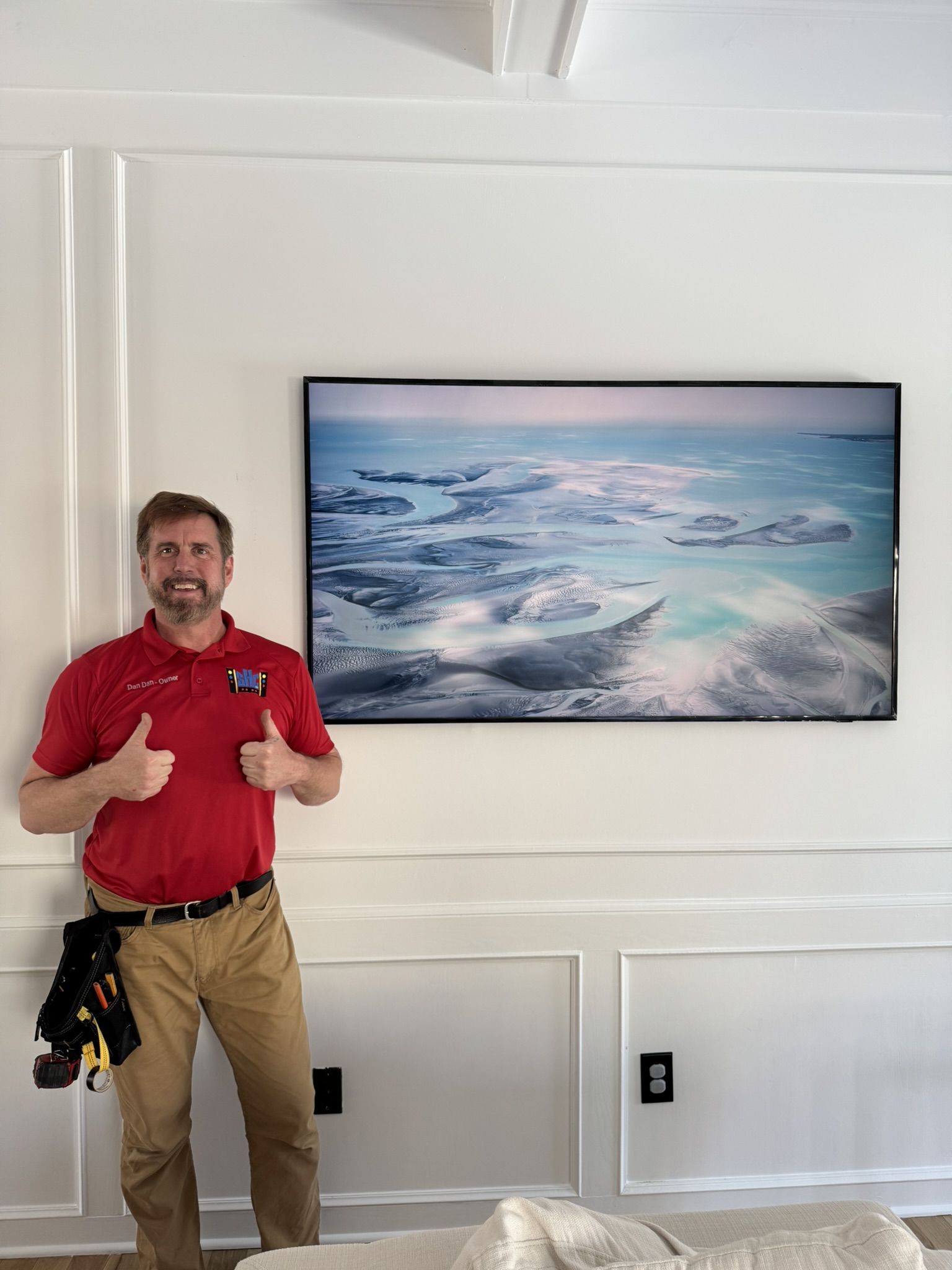
What Most People Forget When Packing Their Home Entertainment System
Ever tried untangling a cable jungle after moving?
Picture this: you’ve just moved into your new home, you’re excited to set up your entertainment center, but when you open the box labeled “Cables”… it’s chaos. HDMI cords tangled with speaker wires, power bricks tossed in with random remotes. Sound familiar?
You’re not alone. According to a 2024 consumer tech relocation survey by HomeTech Pulse, 67% of people say cable management was their #1 pain point when reinstalling their entertainment system after a move. That’s more than furniture damage or even missing remotes!
Let’s break the cycle. Labeling and storing cables the right way isn’t just about being organized—it saves you hours of stress and ensures your devices are back online fast. Here’s how to do it smartly and pain-free.
Why cable chaos happens during a move
Most of us aren’t thinking about our HDMI cords or Ethernet cables when we’re packing. We’re focused on bigger things like TVs, consoles, or sound systems. But here’s what actually causes the mess:
- No labeling system: Wires get jumbled because they’re packed without tags or color codes.
- Poor storage: Tossing all cables into one box leads to knots and breakage.
- Forgotten purpose: Later, you can’t remember which cable went to which device—or worse, what the cable even does.
Moving pros estimate that reconnecting a home entertainment system can take 3–5 hours longer when cables aren’t labeled and stored properly.
Smart ways to label every single cable
You don’t need fancy tools—just a system that makes sense to you. Here are a few options that work great in real-life moves:
Use colored cable labels or printable tags
Colored adhesive tags or printable cable labels let you quickly spot and match cables to devices. For example:
- Red label = HDMI for PS5
- Green label = Power cable for receiver
- Blue label = Ethernet from modem
You can also buy pre-made cable label kits online for under $10, or create custom ones with painter’s tape and a Sharpie.
Include both ends in the labeling
Tag both ends of the cable so you’re never left guessing. Write the source and destination—for example, “TV HDMI IN 1 > Xbox” on both ends.
Create a reference sheet or quick diagram
Take five minutes to sketch a basic map of your system and label what connects where. Snap a photo with your phone—you’ll thank yourself later when setting things up again.
Pro tip:
Use your smartphone to take a photo of the back of your TV or AV receiver with all the cables connected before unplugging anything.
How to pack and store cables so they don’t turn into spaghetti
Even if your cables are labeled, packing them wrong can still lead to problems. Here’s how to make sure they’re protected and easy to find:
Wrap each cable individually
Use the over-under method (ask any audio technician—it prevents kinks!) and secure with Velcro ties or twist ties. Avoid rubber bands, which can melt and damage cables.
Use zip bags or cable pouches
- Group by device (e.g., “Soundbar Cables”) in gallon-size zip bags
- Use padded pouches for fragile cables or adapters
Label the bags clearly
Stick a label or tape on each bag. Use big, clear lettering: “TV Cables,” “Gaming System Wires,” etc.
Store in a small bin, not a huge box
A common mistake? Tossing all cables into one giant bin. Instead, use a small plastic bin with compartments or dividers. It makes things easier to grab and keeps cords from tangling with one another.
Real-world example:
When we helped a family in Orlando move last spring, they used a fishing tackle box to separate cables by device. It worked beautifully—and they were set up in under 45 minutes.
Preventing damage to expensive cables
HDMI 2.1, fiber optic audio lines, or shielded speaker cables aren’t cheap. Treat them that way. Here’s what to watch out for:
- Don’t bend at hard angles: Keep natural loops and avoid tight coils.
- Avoid pressure: Don’t place heavy items on cable bags or boxes.
- Store indoors: Avoid storing cables in garages or moving trucks where temps get extreme.
Fact: Cable insulation can become brittle or deformed after just a few hours in 110°F heat—common in summer moves across the South and West.
Don’t want to deal with any of this?
We get it. If the idea of labeling, packing, and reinstalling your entire home entertainment system gives you a headache—you’re not alone. That’s exactly why SmartHome Connect offers professional TV mounting and setup services designed for stress-free transitions.
- We handle all cable labeling and organization
- We pack and unpack your AV setup correctly
- We reinstall everything to match (or improve) your old setup
You don’t even have to lift a remote—we’ll calibrate your system, hide wires, and get you back to binge-watching the same day you move in.
Why doing it right the first time matters
The small investment of time—or hiring a pro—can save you hours of headaches. You’ll avoid losing expensive cords, you’ll reconnect faster, and your system will work the way it should right out of the box.
Here’s what we recommend:
- Label everything before unplugging
- Store each cable with its device or in clearly marked groups
- Use photos and diagrams as reference
- Wrap and pack carefully to prevent damage
- Reach out to a trusted setup expert if you’re short on time or patience
The bottom line
If you treat your cables like the VIPs of your entertainment system, they’ll pay you back with a smoother, faster setup and fewer headaches after moving day.
And if you want it done perfectly—we’re just a click away.


